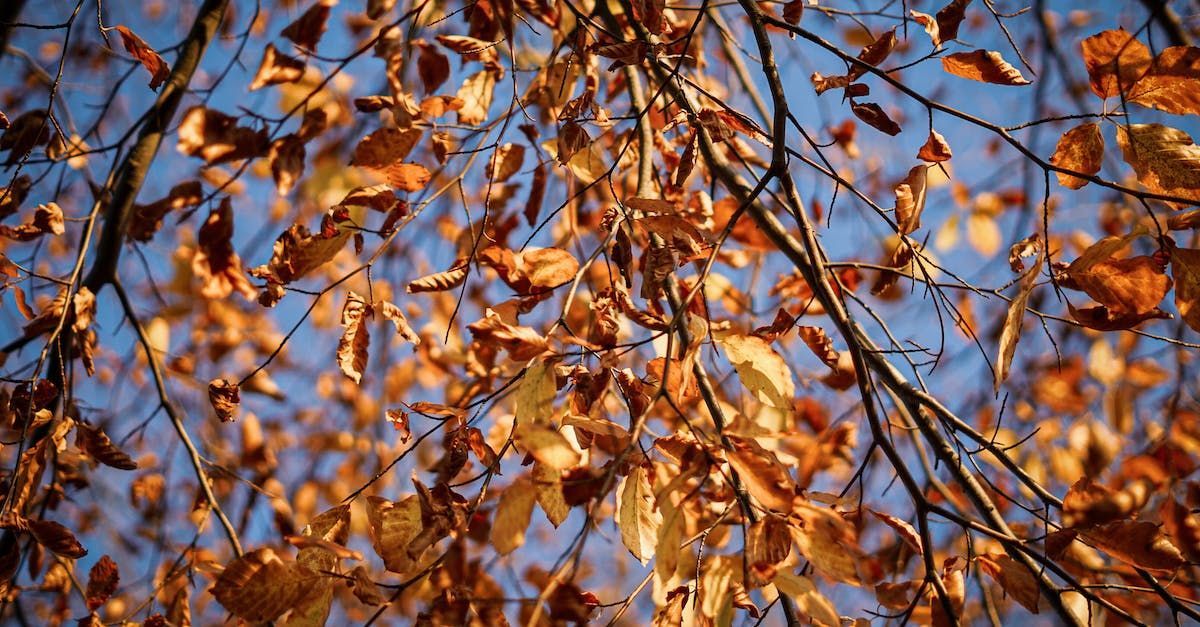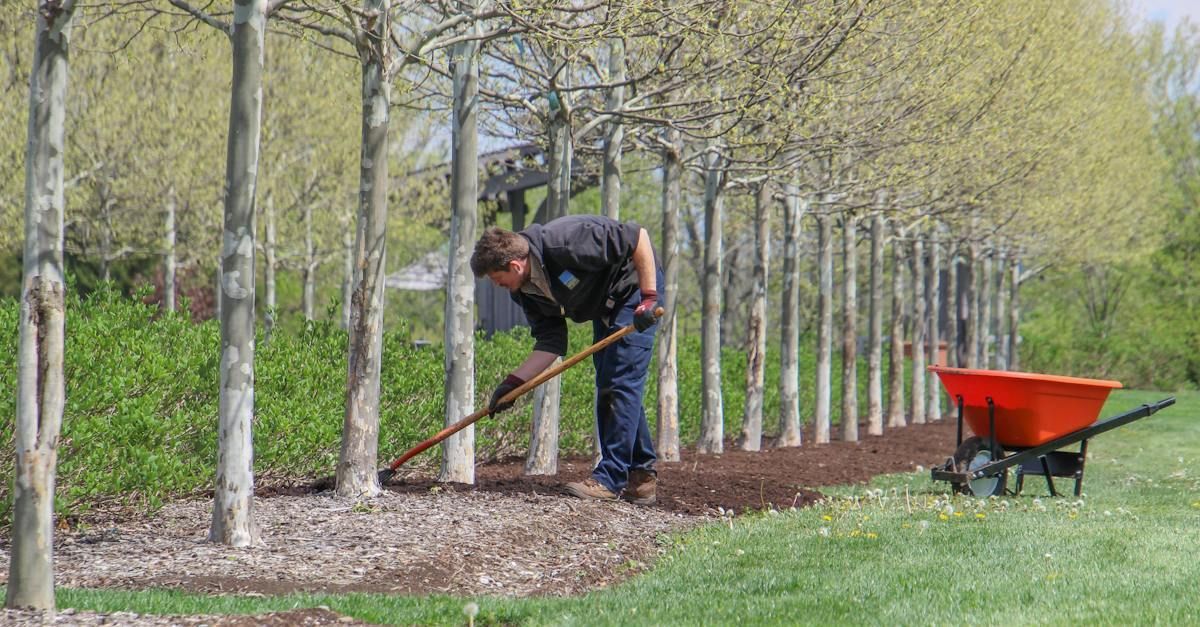Fall Mulching: The Perfect Time To Protect Your Garden
Why Is Fall The Best Time To Mulch?

For gardeners, home owners and anyone looking to prolong the life of their yard, improve conditions come spring and maintain soil health, Fall is a special time in the gardening calendar. Mulching every autumn to protect your garden is incredibly important. At State College Mulch, we understand the significance of fall mulching and how it contributes to safeguarding your gardens from the harsh challenges of winter. In this blog post, we will look at the art of fall mulching, revealing why it's the perfect time to ensure your gardens remain vibrant and healthy.
The Autumn Magic of Mulch
Mulching in the fall is more than a ritual; it's a strategic move to fortify your garden for the challenges ahead:
Preventing Winter Stress:
Fall is the perfect time to insulate your plants and trees from the impending winter cold. The protective layer of mulch helps to regulate soil temperature, ensuring your garden remains a haven for plant roots throughout the chilly season.
Moisture Retention:
A primary benefit of fall mulching is moisture retention. As the temperature cools and the days grow shorter, your garden's soil remains thirsty for consistent moisture. Mulch acts as a barrier, reducing moisture evaporation and allowing the soil to hold onto essential water reserves. This means less frequent watering, which is both eco-friendly and cost-effective.
Weed Suppression:
The fall season marks the decline of many garden pests and weeds. However, some weeds are persistent and can continue to grow in the mild autumn weather. Applying a layer of mulch now helps suppress their growth, minimizing competition for resources and making your spring gardening tasks more manageable.
Soil Enrichment:
The organic matter in mulch enriches the soil as it breaks down over time. As the mulch decomposes, it releases nutrients into the soil, enhancing its fertility and overall health. This is akin to a gradual, natural fertilization process that prepares your garden for a thriving spring.
Erosion Control:
The fall season often brings rain, which can be heavy and intense. Mulch acts as a protective shield, reducing soil erosion by breaking the impact of raindrops and preventing runoff. This is especially crucial for gardens located on slopes or areas prone to erosion.
When to Apply Fall Mulch
Timing is essential when it comes to fall mulching. It's critical to mulch after the soil has cooled but before the ground freezes. Applying mulch too early can trap heat in the soil, causing plant roots to remain active when they should be preparing for dormancy. Applying mulch too late leaves your garden vulnerable to frost and temperature fluctuations.
For many regions, a good rule of thumb is to mulch in late fall, typically from mid to late November. However, it's important to observe your local climate and the weather patterns in your area to determine the best time for mulching.
How to Apply Fall Mulch
The process of applying mulch in the fall is similar to mulching in any other season, but with a focus on preparing your garden for the colder months ahead.
- Select the Right Mulch: Choose a mulch type that suits your garden's needs. Common choices include wood chips, shredded bark, straw, or compost. Organic mulches are excellent for most applications.
- Prepare the Garden Bed: Before mulching, clean the garden bed by removing weeds, debris, and old mulch if present. If you're applying mulch to a new garden bed or amending existing soil, consider adding a layer of compost or organic fertilizer to enhance the soil's fertility.
- Apply the Mulch: Evenly distribute the mulch over the soil, creating a layer that's around 2 to 4 inches deep. It's essential not to pile mulch against the stems or trunks of trees, shrubs, or plants to prevent moisture-related issues and potential pest damage.
- Maintain Mulch Depth: Check the depth of your mulch periodically, as it may compact or break down over time. If you notice it thinning, add a fresh layer to maintain the recommended thickness.
- Edge Garden Beds: To keep the mulch contained within your garden beds and prevent it from spilling onto walkways or lawns, consider installing edging around the bed's perimeter.
- Water After Application: After applying mulch, water the area lightly to settle the mulch and help it form a solid barrier.
Fall mulching is the perfect time to nurture your gardens and prepare them for the challenges of winter. By understanding the when, why, and how of applying mulch, you're investing in the health and vitality of your plants and creating a vibrant garden that will flourish in the spring.
If you're in State College, Boalsburg, Bellefonte, Mill Hall, Howard, Harrisburg, Spring Mills, Centre Hall, and surrounding areas and are in need of assistance with fall mulching or other landscaping services, contact State College Mulch. Our dedicated team of experts is ready to help you protect and enhance your gardens.
Ready to embrace the benefits of fall mulching? Contact State College Mulch today to discuss your fall mulching needs and explore our range of landscaping services.
Share this post



